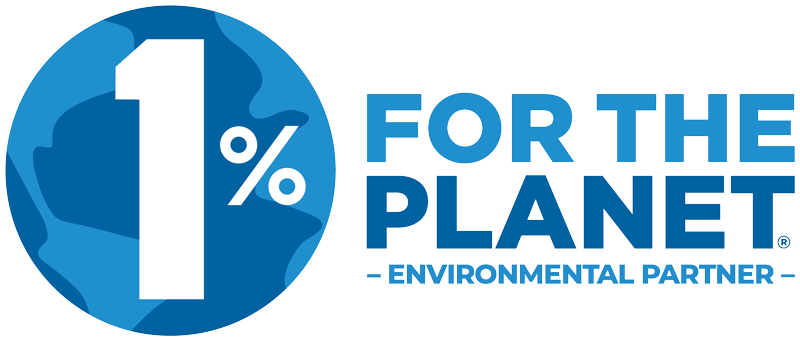Feasibility Study Glossary
- The Allee effect is a phenomenon in biology whereby population size or density is correlated with mean individual fitness (often measured as per capita population growth rate). A positive association may (but does not necessarily) give rise to a critical population size below which the population cannot persist (Drake, J. M. & Kramer, A. M. (2011) Allee Effects. Nature Education Knowledge 3(10):2).
- direct effect – Linkages between any two species in a species interaction can be either direct (no intervening species) or indirect (one or more intervening species). If species A eats species B, and species B eats species C, then A-B and B-C are direct interactions, while A-C is an indirect interaction.
- ecology – The central goals of ecology are to understand, manage, and conserve the distribution and abundance of species [as explained in Ecology: The Experimental Analysis of Distribution and Abundance, a 1972 book by Charles J. Krebs]. Understanding is the province of basic ecology, whereas conservation and management are the provinces of applied ecology. Successful conservation and management usually rest on a foundation of science, which in the case of ecology, has two dimensions: (1) the description of pattern (i.e., which species occur where and in what numbers) and (2) the determination of causal process (i.e., knowing why the distribution and abundance of species are what they are).
- equilibrium density – The density that would occur should a sea otter population increase to the point that further population growth becomes limited by per-capita prey availability: At this point, the death rate equals the birth rate, and abundance over the long term stabilizes at … the environmental carrying capacity.
- establishment phase – This phase encompasses the years immediately after reintroduction, which are marked by great uncertainty. There is limited population growth and often a significant decline in abundance, associated with elevated mortality and the dispersal of a substantial proportion of animals away from the release site.
- food web – the network of trophic linkages (i.e., interactions between consumers and prey)
- founding population – the population of otters initially released to begin a reintroduction effort
- haul out – to leave the water to come ashore from time to time; for sea otters, hauling out on land is a way to rest and/or warm up
- indirect effect – Linkages between any two species in a species interaction can be either direct (no intervening species) or indirect (one or more intervening species). If species A eats species B, and species B eats species C, then A-B and B-C are direct interactions, while A-C is an indirect interaction.
- infectious disease – The feasibility study applies a rather stringent definition of infectious disease: those caused by a living organism (i.e., viruses, bacteria, fungi, protozoa, or metazoan parasites) under normal (natural) circumstances. While many infectious diseases are transmitted directly between animals, not all are.
- interaction web – The more widely known concept of a food web—a sort of road map to who is eaten by whom—is embedded in this broader notion of the interaction web. The feasibility study frames the discussion of sea otters’ ecological influences in the context of interaction webs rather than food webs because some of the significant ecological effects of sea otters are not exclusively about who eats whom but about the indirect effects caused by predator-prey dynamics.
- keystone species – a species that has disproportionately large effects on its ecosystem relative to its abundance.
- knock-on effects – indirect interactions that spin off the trophic cascade via qualitatively different sorts of species interactions (e.g., competition, mutualisms, or bottom-up forced consumer prey interactions)
- midden – layers of discarded animal bone, shells, and other artifacts from historical human occupation
- noninfectious disease – Of the 11 major groups of noninfectious diseases (degenerative, allergic, autoimmune, metabolic, neoplastic, nutritional, infectious, immunological, toxic, traumatic, and genetic), only four (infectious, toxic, traumatic, and genetic) relate to diseases that could potentially impact the success of a sea otter reintroduction program at a population level.
- pelage – “the hairy covering of a mammal”
- reintroduction – “the intentional movement and release of an organism inside its indigenous range from which it has disappeared,” where the goal is “to re-establish a viable population of the focal species within its indigenous range” [from the Guidelines for Reintroductions and Other Conservation Translocations (Version 1.0) by the International Union for Conservation of Nature, 2013]
- reintroduction site – the site that a founding population is moved to during a translocation
- release site – see “reintroduction site”
- source population – the population of sea otters that a founding population is removed from during a translocation
- translocation – For this feasibility study, the word “reintroduction” is used as defined on this web page, although when specifically describing the process of moving animals from one location (e.g., a source population) to another location (e.g., a potential reintroduction site), the term “translocation” is also used.
- trophic cascade – the complex network of consumer-prey interactions, from apex predators at the top of the food web to plants at the bottom.
Learn More
- Chapter 1 – Intro
- Chapter 2 – Prior History
- Chapter 3 – Population impacts
- Chapter 4 – Genetic considerations
- Chapter 5 – Ecosystem effects
- Chapter 6 – Habitat suitability
- Chapter 7 – Socioeconomics
- Chapter 8 – Admin/legal issues
- Chapter 9 – Logistics
- Chapter 10 – Health & welfare
- Chapter 11 – Stakeholder issues
- Chapter 12 – Conclusions
- Appendices: ORSO app, maps

